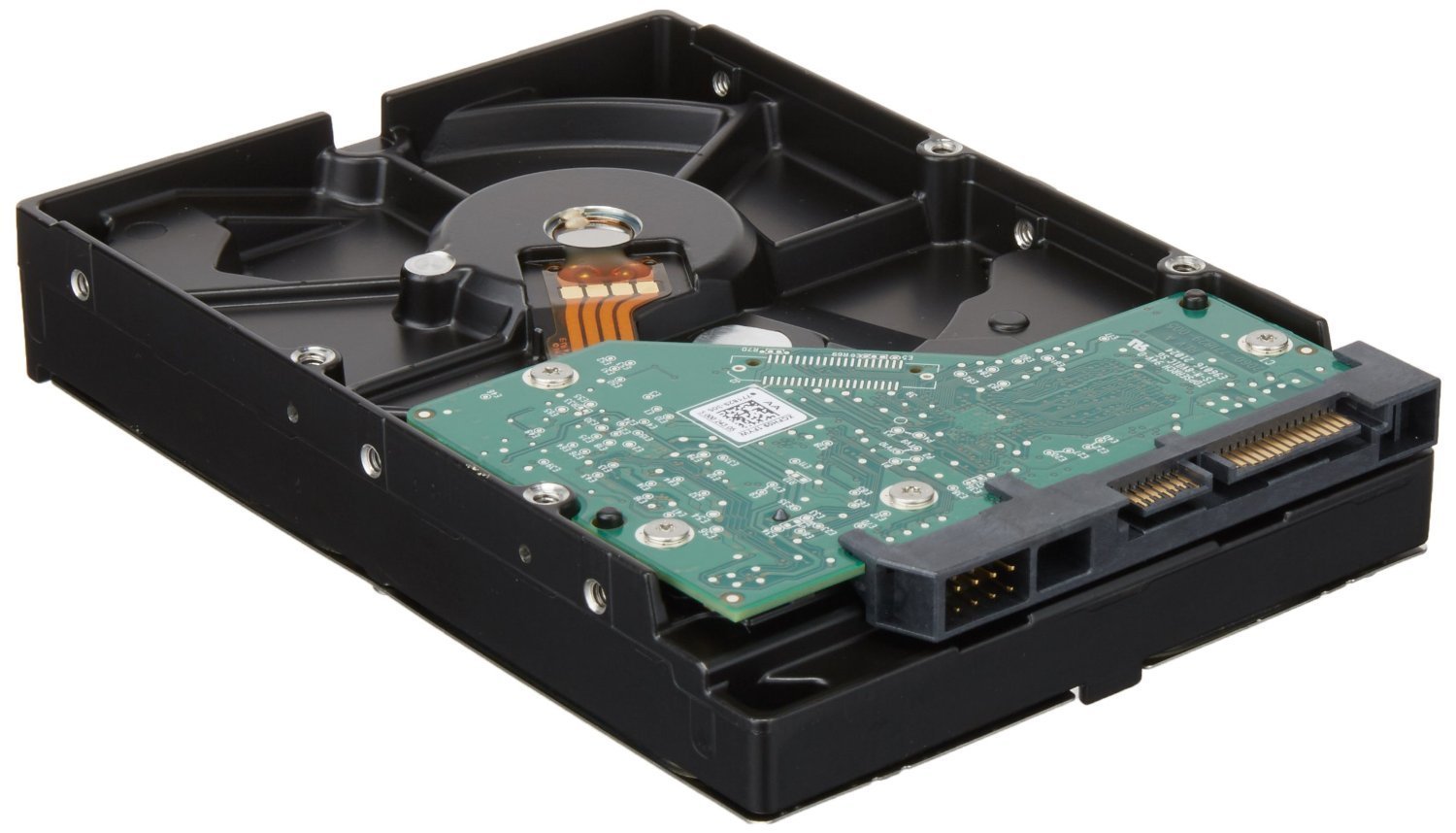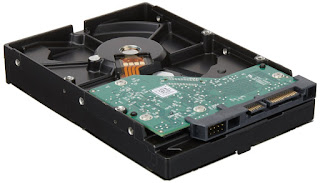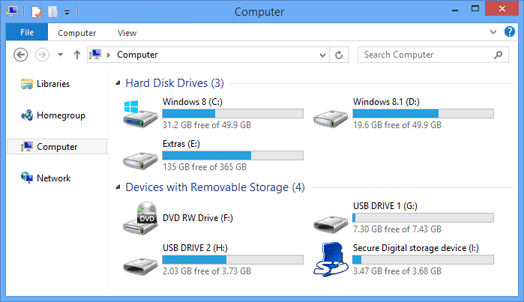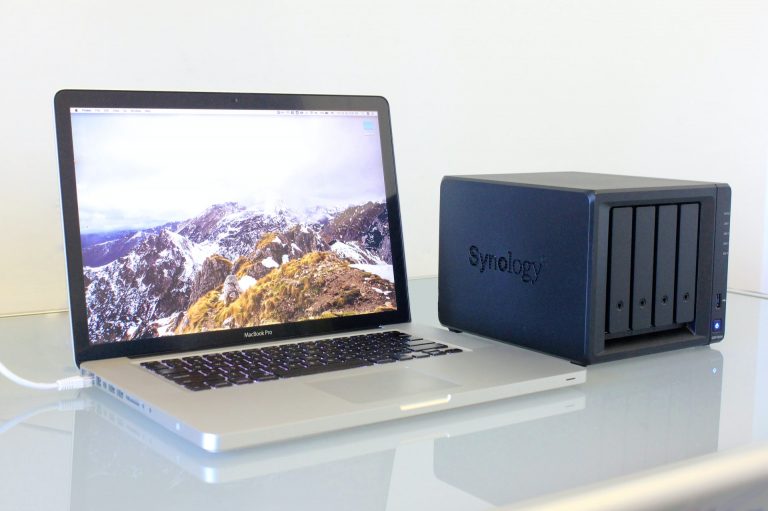Raid 0 Configuration – What Is It?

Raid 0 Configuration – What Is It?
If you ever look into buying a server, even for a small business, you will certainly come across the term RAID, which stands for Redundant Array of Inexpensive Disks.
Generally, a system that is enabled with RAID utilizes two or more hard drives to enhance the performance or establish some level of fault tolerance for the machine, usually a server. Read on to find out more about Raid 0 Configuration – What Is It For?
Raid 0 Configuration
Raid 0 is generally used to enhance the performance of a server, which is also known as a disk striping. Using the Raid 0, the data is written through several disks. Hence, the work that the machine is doing will be regulated by several disks instead of only one device. This naturally increases the performance because diverse drivers are simultaneously processing data that enhances the disk I/O.
When to Use Raid
There are various reasons to use Raid, as long as it fits within your budget. Nowadays, hard disks and solid state drives are incredibly reliable. These are the perfect candidates for Raid. It can increase your storage performance or give you some redundancy, which are both things that PC users are looking for.
Is It for Fault Tolerance?
Basically, fault tolerance provides a safety net for hardware failure by making certain that the machine with the failed component, normally a hard drive will still work. Raid 0 configuration will lessen interference in productivity, and it also decreases the chance of losing data. The way in which you configure that fault tolerance really depends on the level of Raid 0 configuration – what is it that you set up?
Is It for Hard Disks?
The levels of RAID you choose generally depends on how many disks you have in your device, how important drive failure and retrieval is for your data needs, and how crucial it is to boost performance. You may find it more critical to store data for business as a whole during hardware failover than, for instance, a private device. Different levels of RAID signify various configurations targeted at offering different balances between safeguarding the data and optimizing your performance.
Is It for Business Organizations?
RAID is conventionally installed in business organizations where fault tolerance for disks and enhanced performance are essential. Many servers in business data centers usually have a RAID controller, which is a piece of hardware, which regulates the range of disks. These systems feature different SATA or SSD drives, which depends on the configuration of the RAID. Thanks to the increased demand for storage devices, home server devices are now also supporting RAID.
Is It for Operating Systems?
With a software RAID, you can setup the RAID without using a specific hardware controller. RAID capacity is already added in most operating systems. For instance, the Storage Spaces function in Windows 7 and Windows 8 offers built-in support for RAID. You can structure a one disk with double partitions – one for faster booting up and the other is dedicated for data storage.
How to Prepare for Raid
There are some things that you should consider before installing Raid on your existing system. However, if you are starting fresh with a new PC, you don’t need any preparation, other than making sure that you have your drives connected to the correct ports.
First, you should back up all of your data. Make sure that the data on your existing drives is backed up and you have a fresh image of your OS installation. You will be glad that you have a back-up if something goes wrong.


![Wi-Fi adapter not working on Windows 10 [FIX]](https://hddmag.com/wp-content/uploads/2017/07/Windows-10-featured-768x432.jpg)

![Windows 10 Critical Structure Corruption [Fix]](https://hddmag.com/wp-content/uploads/2017/07/BSOD-768x432.jpg)

![Wireless Standards [EXPLAINED]](https://hddmag.com/wp-content/uploads/2017/07/Wifi-768x432.jpg)
